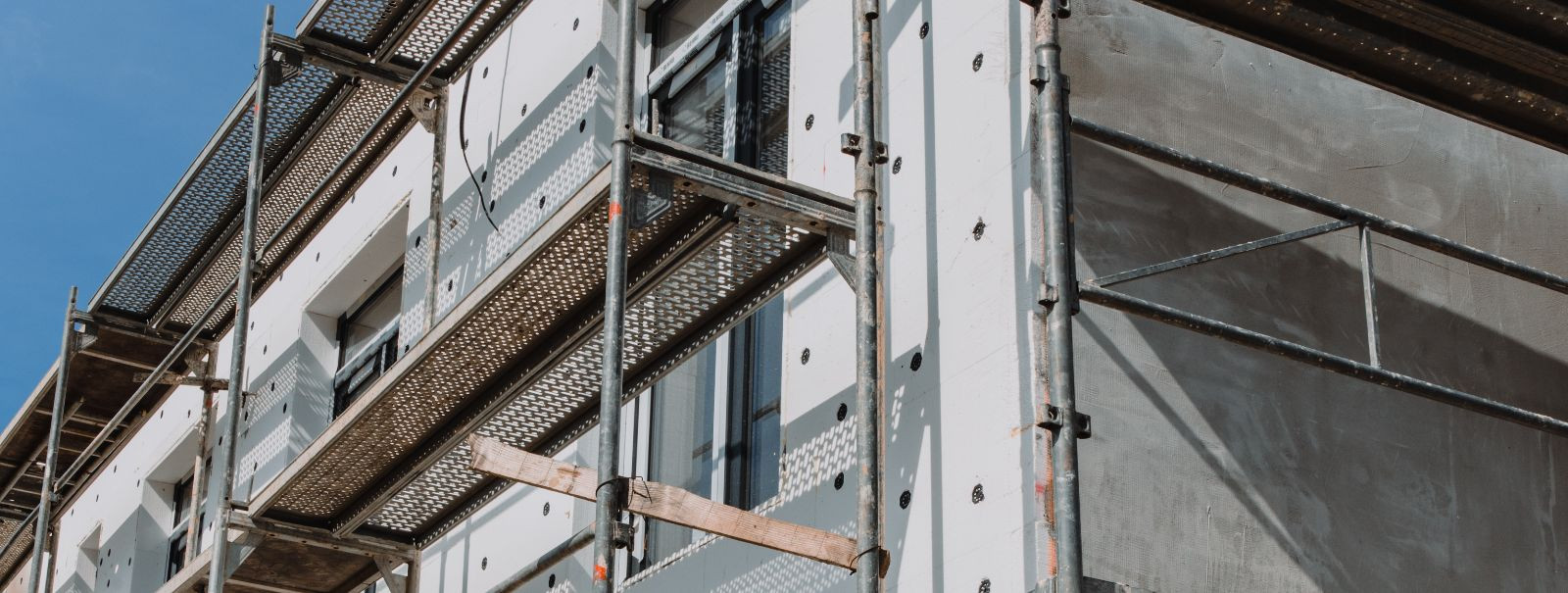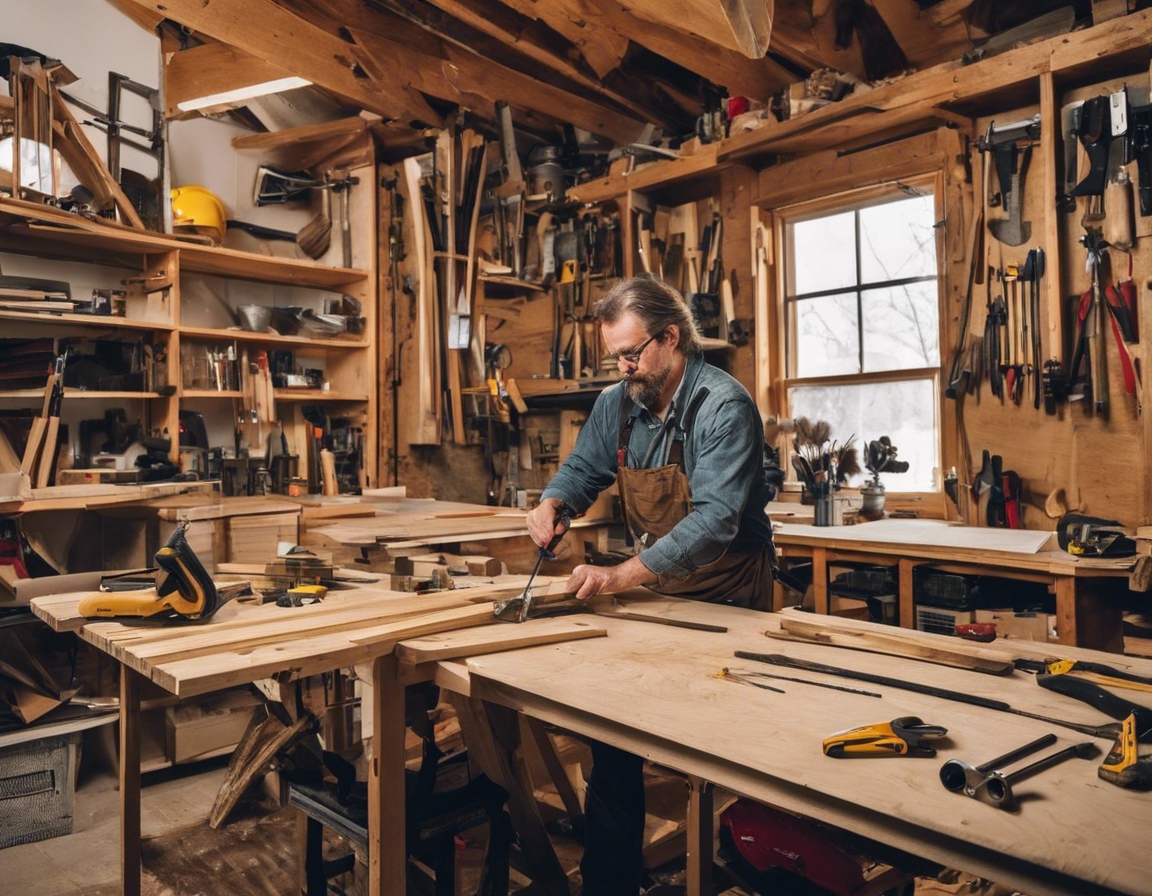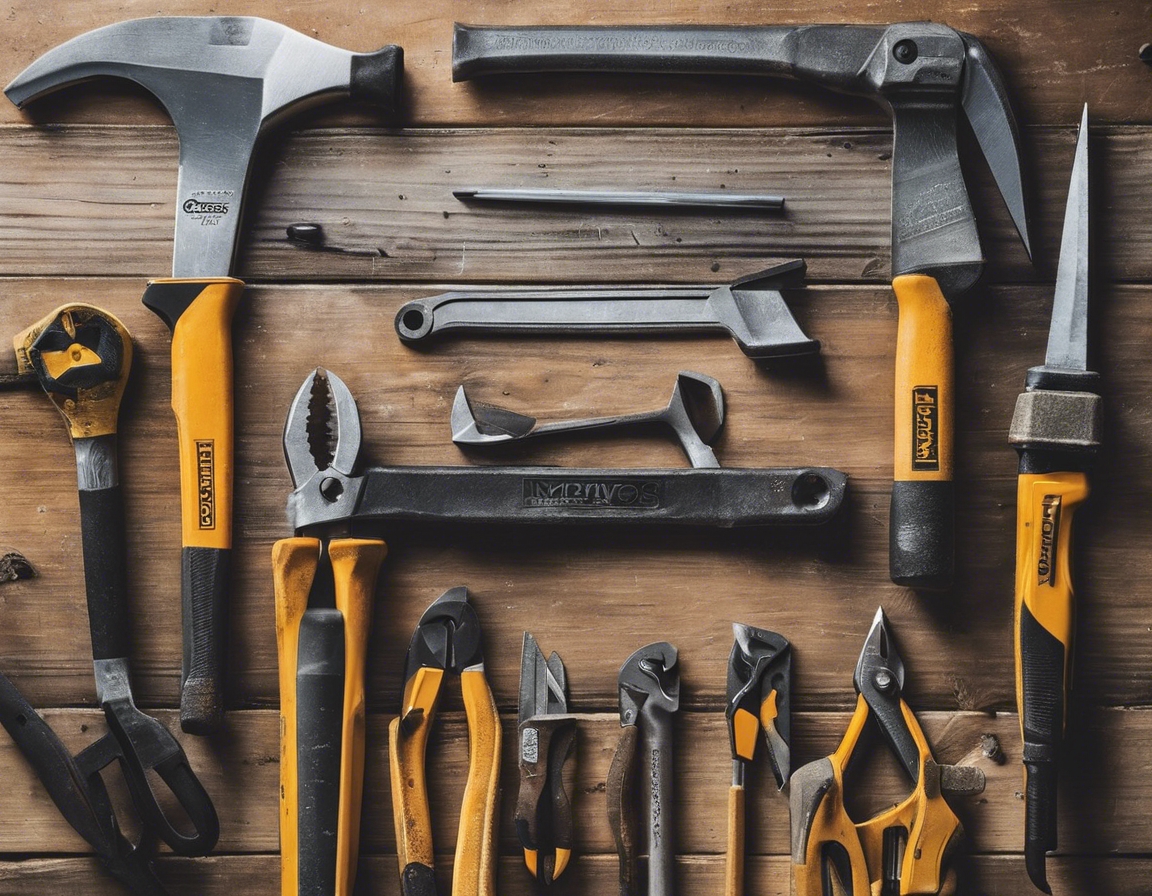How to preserve architectural integrity during renovations
Architectural integrity refers to the authenticity and wholeness of a building's historical design, materials, workmanship, and setting. Preserving this integrity is crucial during renovations to maintain the building's historical significance and value. It involves a careful balance between upgrading functionality and retaining the original character.
Before embarking on any renovation project, it's essential to identify the character-defining elements of the structure. These may include the overall shape of the building, roofing materials, window styles, ornamental features, and even the layout of surrounding landscapes.
Planning and Documentation
Research is the foundation of any successful renovation project aimed at preserving architectural integrity. Historical documents, old photographs, and previous renovation records can provide invaluable insights into the original state of the building.
A detailed renovation plan should outline every aspect of the project, from timelines and materials to the specific restoration techniques that will be used. This plan becomes the blueprint for maintaining architectural integrity throughout the renovation process.
Collaboration with Experts
Working with preservation specialists, such as architects, historians, and craftsmen who have experience with historic buildings, is vital. They can provide guidance on how to approach the renovation while respecting the building's historical significance.
Local authorities often have regulations and guidelines in place for renovating historic structures. Collaborating with them can ensure that the renovation meets all legal requirements and respects the community's heritage.
Material Selection and Techniques
Selecting materials that match the original as closely as possible is key to preserving the look and feel of the building. This may involve sourcing vintage materials or using modern equivalents that mimic the original.
Traditional craftsmanship techniques are often necessary to restore historic features accurately. Skilled artisans can replicate intricate details that modern machinery cannot achieve.
Modern Technology and Historic Preservation
While preserving architectural integrity, it's also important to meet current building standards and occupant needs. This can include discreetly adding modern amenities such as electrical wiring, plumbing, and HVAC systems.
Advancements in technology, such as 3D printing and digital simulations, can help recreate missing or damaged features with a high degree of accuracy.
Maintaining Structural Integrity
Ensuring the building's structural integrity is safe and sound is a priority. This may involve reinforcing weakened elements or carefully integrating new support systems without altering the building's appearance.
Renovators often face challenges such as water damage, foundation issues, and material degradation. Addressing these issues requires a sensitive approach that doesn't compromise the building's historical character.
Energy Efficiency and Sustainability
Improving energy efficiency is essential for modern usage of historic buildings. This can be achieved through careful planning and the use of appropriate insulation materials, windows, and energy-efficient systems that do not detract from the building's historic character.
Using sustainable practices and materials during renovation not only preserves the building's integrity but also ensures its longevity and reduces its environmental impact. This aligns with the values of our environmentally conscious clients in the Pärnumaa region.






Comments (0)